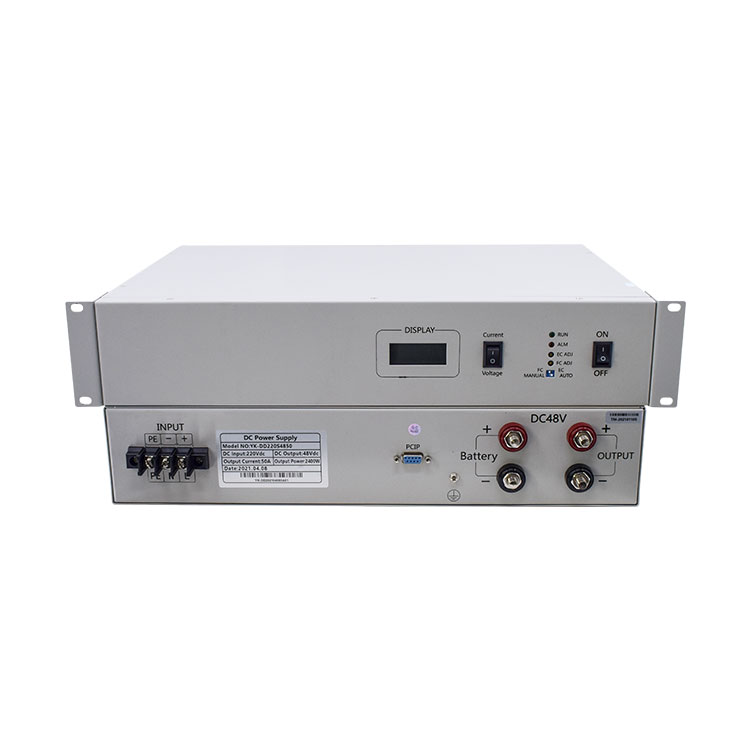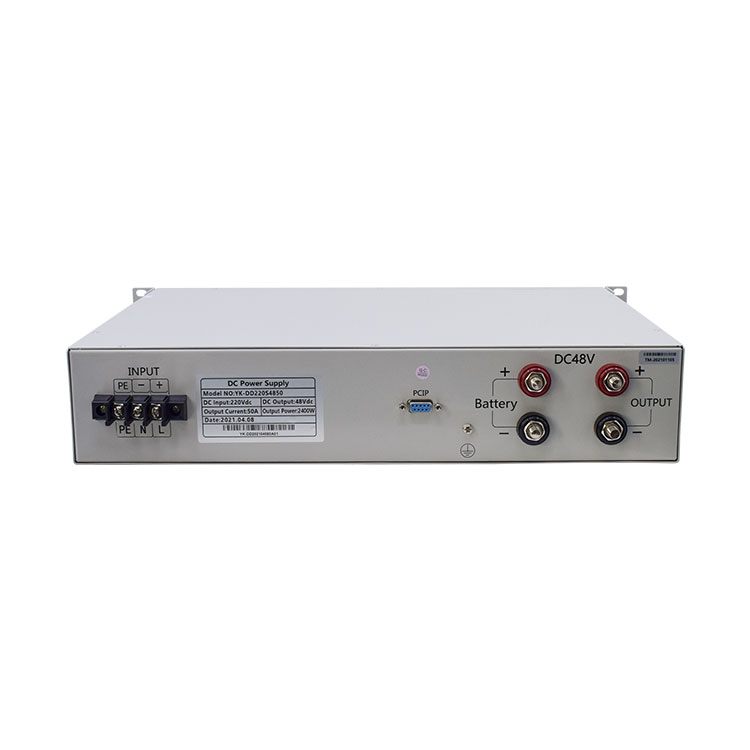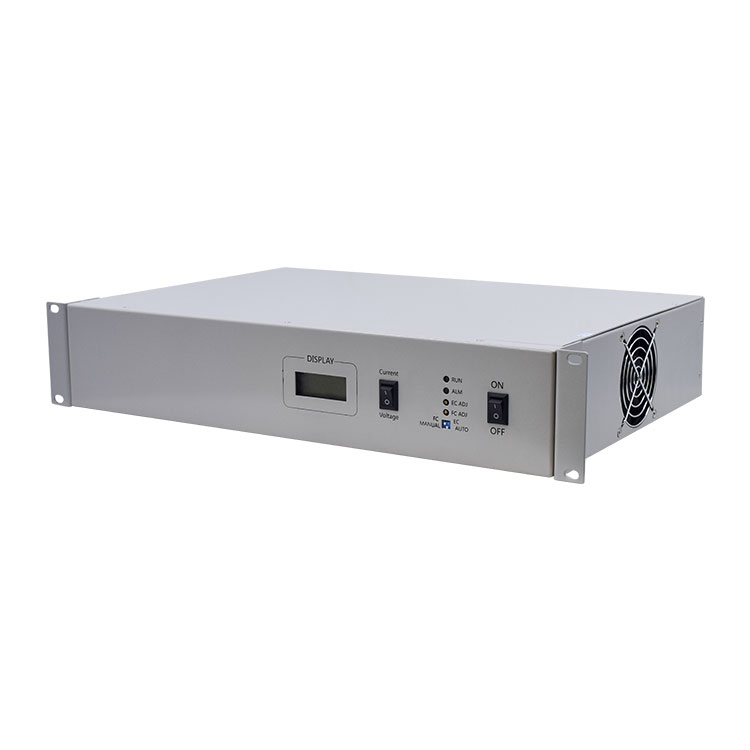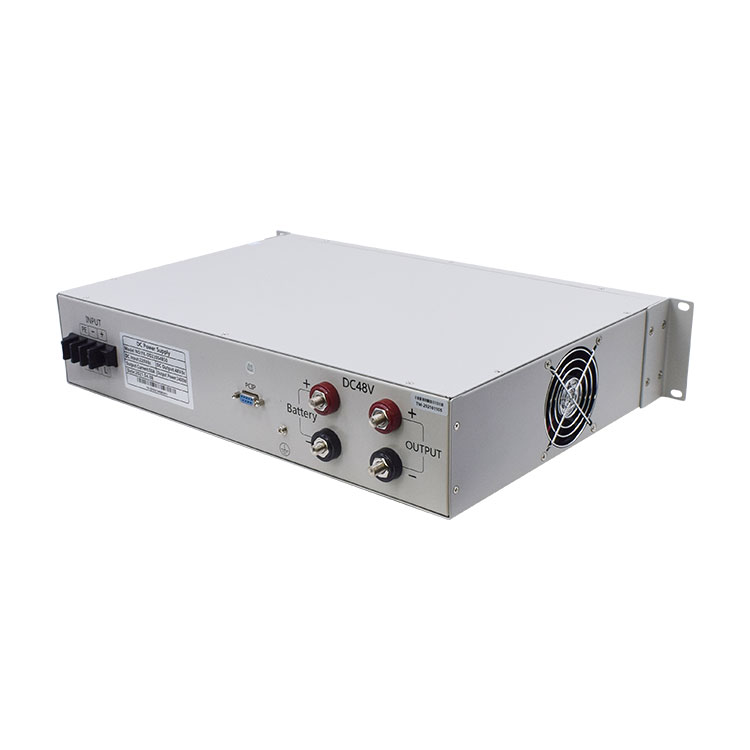News
Emerging Technologies and Strategies in DC Power Supply Systems
Click: 581 Date: 01/06/2024 3::58::49 PM
Emerging Technologies and Strategies in DC Power Supply Systems

Silicon carbide (SiC) is a semiconductor material that has gained significant attention in the field of power electronics. It is known for its high mechanical, chemical, and thermal stability due to its strong silicon-carbon bond. SiC's wide bandgap property allows it to operate at higher temperatures, potentially exceeding 200°C, which is significantly higher than what silicon can withstand. This characteristic is particularly beneficial for high-voltage power applications.
The ability of SiC to handle high voltages is remarkable, with the potential to tolerate voltages up to ten times that of silicon-based devices. This is due to its electric field dielectric breakdown intensity being significantly higher than silicon's. As a result, SiC devices can reach breakdown voltages ranging from 600V to several thousand volts. Moreover, the material's ability to be doped with higher concentrations allows for thinner drift layers, which reduces resistance and is advantageous for high-voltage applications.
In terms of switching performance, SiC outshines traditional silicon-based IGBTs and bipolar transistors, especially at high frequencies. SiC devices, such as Schottky barrier diodes and MOSFETs, achieve high voltages with low turn-on resistance and fast operation, reducing switching losses and mitigating heat generation issues.
For doping purposes, silicon carbide in its intrinsic form behaves as an insulator. However, by introducing specific impurities, it can be transformed into a semiconductor. Dopants such as aluminum, boron, or gallium create P-type semiconductors, while nitrogen and phosphorus lead to N-type semiconductors. This controlled doping process enables SiC to conduct electricity under certain conditions and surpass the limitations of silicon.
Another advantage of SiC is its superior thermal conductivity, which is almost ten times that of silicon. This property enhances the material's ability to dissipate heat, allowing for higher operating voltages and temperatures without compromising the device's performance.
Furthermore, the internal body diode of SiC MOSFETs exhibits a significantly faster reverse recovery time compared to their silicon counterparts. This rapid switching capability is crucial for reducing energy losses during operation.
Given these benefits, SiC-based power devices are reshaping the landscape of power electronics, offering higher performance and reliability in applications such as converters, inverters, power supplies, battery chargers, and motor control systems. As the demand for energy-efficient and high-performing electronic devices continues to rise, SiC semiconductors are poised to play a pivotal role in meeting these needs.
Integration of Renewable Energy Systems with DC Power
"Integration of Renewable Energy Systems with DC Power" explores the fusion of renewable energy sources such as wind and solar with DC power systems to form a cohesive, stable, and efficient electrical grid. This integration is increasingly essential as renewable energy constitutes a growing percentage of the electricity produced in the United States, surpassing 20% annually.
Renewable energy technologies like hydropower and geothermal utilize synchronous generators to produce electricity, while wind and solar power often rely on power electronics-based inverters to convert DC to grid-compatible AC power. For example, wind energy harnesses the kinetic energy of wind through turbines connected to generators, which may include inverters for AC power conversion. Similarly, solar energy comes in two main forms: photovoltaic (PV), which directly converts sunlight into DC electricity, and concentrating solar power (CSP), which uses heat from the sun to drive steam turbines connected to generators.
The variability of renewable sources, dependent on environmental conditions, presents technical challenges for grid integration. To ensure grid stability and reliability, solutions such as geographic diversification of resources, improved power-sharing across regions, flexible demand response, and enhanced forecasting are being developed. Additionally, energy storage technologies like lithium-ion batteries and pumped hydro, along with demand response strategies, provide energy balancing across various time scales. Inverter-based resources also offer advanced functionalities to respond to transient and dynamic grid conditions.
These efforts are part of a broader initiative to modernize the grid, enabling high levels of renewable integration. Advanced distribution management systems and real-time grid operation tools are critical to this transformation. The National Renewable Energy Laboratory (NREL) continues to develop technologies and tools to facilitate this integration, ensuring that the power systems of the future can accommodate a significant influx of renewable energy.
Impact of Electromagnetic Compatibility on Power Quality

The influence of Electromagnetic Compatibility (EMC) on Power Quality (PQ) is a critical aspect of electrical engineering that ensures the reliable operation of electronic systems and the integrity of power networks. Electromagnetic compatibility refers to the ability of electrical equipment to function correctly in its electromagnetic environment without introducing intolerable electromagnetic disturbances to other equipment in that environment. Power quality, on the other hand, pertains to the stability and purity of the electrical power supplied to systems.
When electronic devices and systems are not electromagnetically compatible, they can generate electromagnetic interference (EMI), which can degrade the quality of power. Such disturbances can result in a wide array of issues, including data loss, system malfunctions, and equipment damage. In severe cases, electromagnetic disturbances can lead to catastrophic failures in critical infrastructure, such as healthcare equipment, industrial control systems, and telecommunications networks.
To mitigate the risks associated with EMI, engineers design equipment and systems with EMC considerations in mind. This involves the use of shielding, filtering, and grounding techniques, as well as adherence to strict regulatory standards that limit the amount of electromagnetic emissions that devices can produce. Additionally, sensitive equipment may be designed with stricter immunity requirements, ensuring they can resist higher levels of electromagnetic noise without malfunctioning.
In summary, EMC is essential for maintaining power quality and the overall reliability of electrical and electronic systems. Without proper EMC practices, the increasing complexity and interconnectivity of modern technology would lead to more frequent and severe disruptions, highlighting the importance of EMC in the contemporary electrical engineering landscape.
The Role of Battery Storage in Electric Transportation
Battery storage plays a crucial role in electric transportation, acting as the heart of electric vehicles (EVs), providing the necessary power for propulsion, electronics, and auxiliary systems. Lithium-ion batteries, the most common type used in EVs, offer several advantages over traditional lead-acid batteries, such as higher energy density, longer lifespan, and faster charging capabilities.
One of the key functions of battery storage is extending the driving range of electric vehicles. High-capacity lithium-ion batteries significantly increase the driving range of electric vehicles, allowing them to travel further on a single charge, thus alleviating range anxiety concerns.
Another important role of battery storage is in efficient energy conversion. It enables the conversion of stored electrical energy into mechanical energy, powering the electric motor. This results in improved fuel efficiency, reduced energy losses, and enhanced overall performance.
Many electric vehicles also incorporate regenerative braking technology, which allows the battery to recharge itself while the vehicle decelerates or comes to a stop. This feature not only increases energy efficiency but also helps extend the battery's lifespan.
Battery storage technology is also revolutionizing the way we move. Its pivotal role in powering electric vehicles, coupled with ongoing innovations, has the potential to transform the transportation sector and contribute to a sustainable future.
In conclusion, battery storage technology is playing a pivotal role in propelling electric transportation into the future. With the rise of electric vehicles, battery advancements have become essential in addressing range limitations, reducing charging time, and enabling the integration of renewable energy. The rapid transition to electric transportation offers numerous benefits such as reduced emissions, lower operating costs, and improved air quality. As battery storage and electric transportation continue to evolve, the future holds immense potential for a sustainable and cleaner transportation system.
